Wearisma’s new series ‘Is this good?’ helps you evaluate your Influencer Marketing campaigns with precise metrics like Cost Per Engagement (CPE), Cost Per Click (CPC), and Cost Per Acquisition (CPA). Our new Clicks and Sales Tracking tool simplifies measuring campaign performance and cost-efficiency by integrating with Google Analytics, providing detailed insights and saving you time.
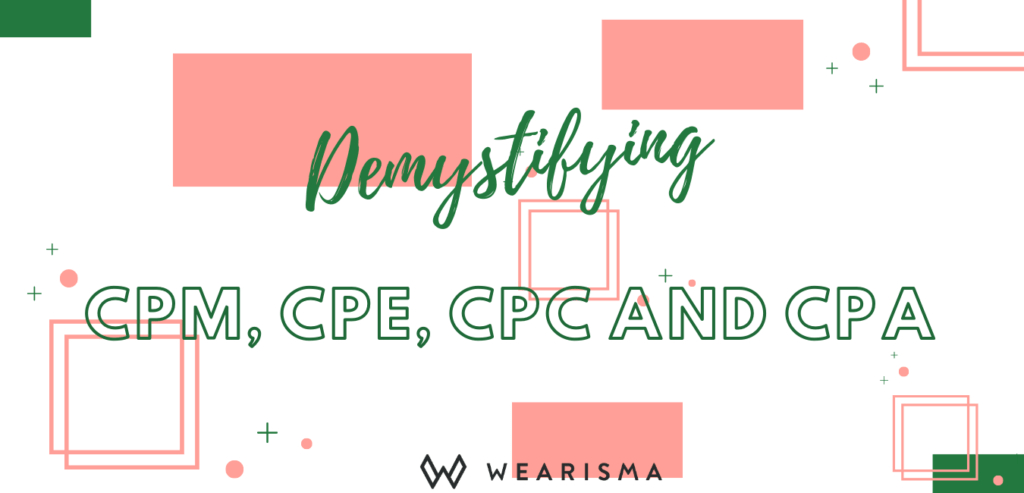
Published On: September 16, 2020
Wearisma’s new series ‘Is this good?’ will provide you with the key metrics to help you understand how to accurately measure the effectiveness of your Influencer Marketing activities and to check whether, well…if it’s good.
Update: We’ve just made it that much easier for you to accurately measure the effectiveness of your Engagement Campaigns! Wearisma’s proprietary CPE benchmarks let you know exactly what CPE your campaign should achieve depending on your industry. Click here to get free access to this resource today.
“Lorem ipsum dolor sit amet consectetur. Diam platea at tempor ut ut egestas venenatis. Placerat eros eget commodo ut cursus. Enim libero nibh facilisis est. At phasellus mauris ornare posuere consequat. Quam lacus curabitur consectetur amet libero tortor eu volutpat sit. Venenatis eget aenean in enim.”


Wearisma’s solutions can support you at every phase of your marketing funnel, but when determining if your campaign is “good”, you must understand what metrics you should be looking at in the first place.
We often get asked, “how can I show that I’m generating impact while being cost-efficient?”. Well, the answer depends on your campaign. The different metrics you use will depend on your campaign objectives. Are you trying to drive awareness, traffic, sales, engagements? Whatever your goals, calculating impact and cost-efficiency across multiple campaigns or by influencers can be a challenging and very time-consuming process. We’re here to make things easy!
Our new Clicks and Sales and Tracking tool provide you with crucial insights to accurately measure the performance of your campaign and keep costs low. But before we delve into that, we’ll explain how calculating cost-efficiency can be measured depending on your campaign, why it can be challenging to measure it accurately and how you can compare your influencers’ performances accordingly.
Different campaigns have different goals, and thus different metrics to measure these goals. It’s essential to establish the goals and objectives of your campaign first, so you know how to measure its success. Below are examples of 4 common campaigns and calculations on how to measure their success and the success of your chosen influencers. Once you complete these calculations, if the sum is low, that’s a good sign you’ve produced a cost-efficient campaign.

Read More: Wearisma launches new Clicks and Sales tracking tool!
The goal for brand awareness campaigns are, you guessed it, to build brand awareness. These campaigns typically involve influencers with large followings, and your goals will include maximising the visibility of your brand and increasing your brand’s follower count. Measuring the cost-efficiency of these campaigns involves calculating Cost Per Impressions or CPM. To calculate CPM, you take the total cost of your campaign and divide it by the following: influencer mentions X influencer following x 1000. The calculation looks something like this:

An engagement campaign looks to build a relationship with an audience through the trusted recommendation/opinions of influencers. These campaigns typically involve influencers who have an active and highly engaged audience. The success of this campaign is measured in engagements, which is when the consumer interacts with the content, i.e. likes, comments, and shares. Using the total cost of your campaign, you divide by the total number of engagements, which will give you your Cost Per Engagement (CPE).

Update: We’ve just made it that much easier for you to accurately measure the effectiveness of your Engagement Campaigns! Wearisma’s proprietary CPE benchmarks let you know exactly what CPE your campaign should achieve depending on your industry. Click here to get free access to this resource today.

Simply put, the goal of traffic building campaigns is to drive traffic to your brand’s website. Traffic is typically measured using ‘clicks’ which is how many users have clicked into and viewed your brand or product. To calculate the cost-efficiency of a traffic building campaign, you take your total amount spent and divide it by the total number of clicks. This calculation will give you the Cost Per Clicks (CPC) of your campaign or influencers.

This campaign has the goal of increasing sales. It’s relatively straightforward to measure by dividing the total amount spent on the campaign by the number of transactions completed as a result of your campaign. The Cost Per Acquisition (CPA), will give you an insight into the cost-efficiency of influencers or your sales campaign. The calculation looks something like this:

Subscribe to our newsletter to keep up to date with our new series so you can finally get an answer to your question ”is this good..?”
As you can imagine, manually calculating ROI using these equations can be a very time consuming and dull process. Not only this, but acquiring the data in the first place for the calculations is also another time-consuming task. To top it off, to effectively manage your campaign, you must continuously be tracking it. This means calculating CPE, CPC and CPS very regularly.
With all of these calculations involved, human error is highly likely. To ensure your data will be accurate 100% of the time, you need a tool to support you!
WMV is Wearisma’s proprietary metric for measuring Media Value. It is instrumental in influencer marketing as it gives you a rough idea of the value of an influencer’s content. Similar to a rate card in the media industry, WMV lets you know the value an influencer will bring to your campaign before approaching them. However, if you want to accurately measure the number of clicks and sales an influencer is driving you to have to go one step further. This is where our new Clicks and Sales Tracking tool comes in!
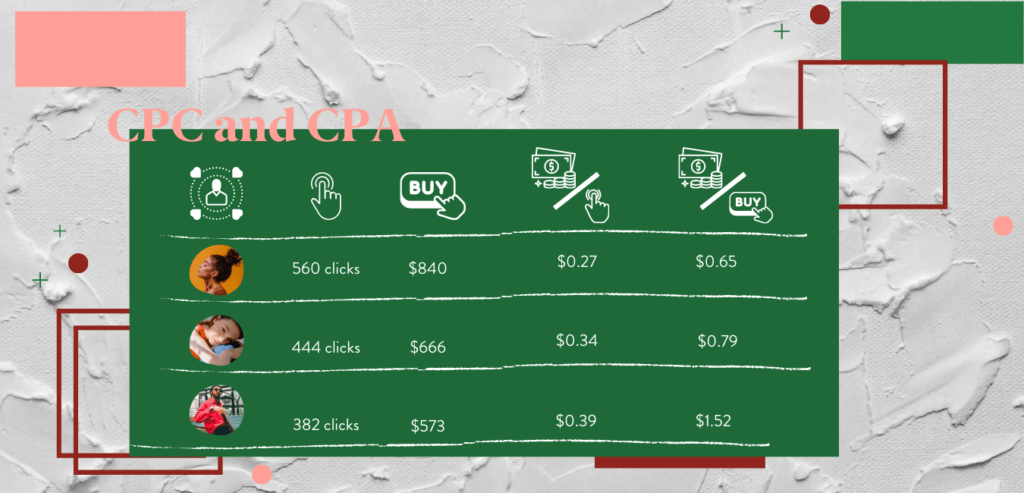
Our new Clicks and Sales Tracking tool links seamlessly with your Google Analytics account, measuring the performance of product/brand links given to your influencers. Through this, we calculate the ROI of your campaign for you, saving you a significant amount of time and effort!
In just a few simple steps, we can automatically calculate CPC and CPA for you, eliminating human error and saving you a considerable amount of time. Moreover, we provide further data so you can drill down into your campaign’s performance. This includes;
This robust data is essential in optimising your campaign’s performance. Using our intelligent insights, you can track what’s working and what’s not in your campaign, allowing you to make acute decisions that will ensure your campaign’s success!
Maximise your ROI now! Contact a member of our team to discover how our Clicks and Sales and Tracking tool can help your campaign reap the best possible results.
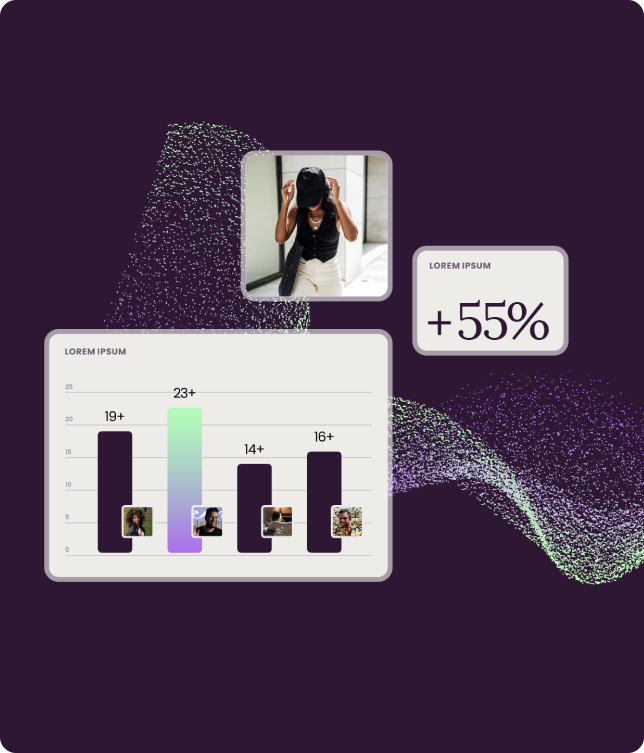
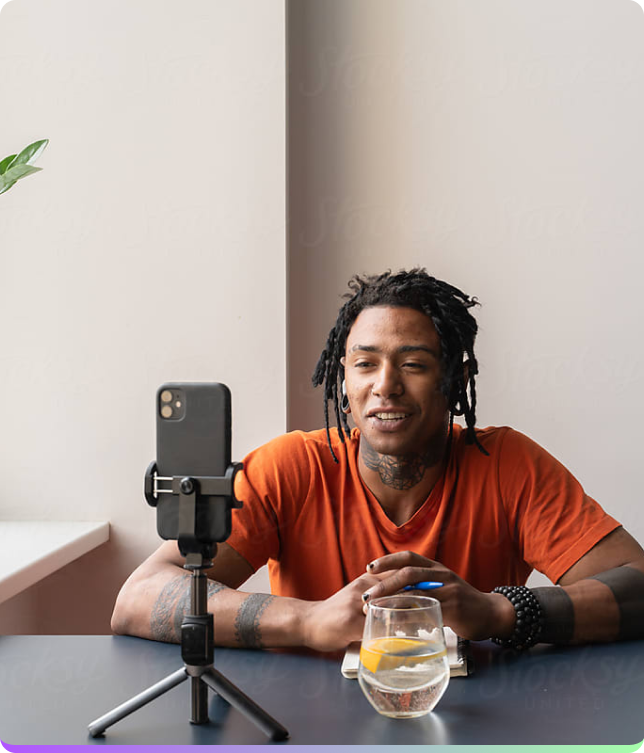
Keep informed with the latest trends, reports, and case studies from the world of influencer marketing.

Influencer marketing has transformed significantly in recent years, expanding beyond simply identifying social media personalities with substantial followings. Today’s successful campaigns require sophisticated systems that address the entire marketing process, from strategic creator selection through content development to comprehensive performance analysis.
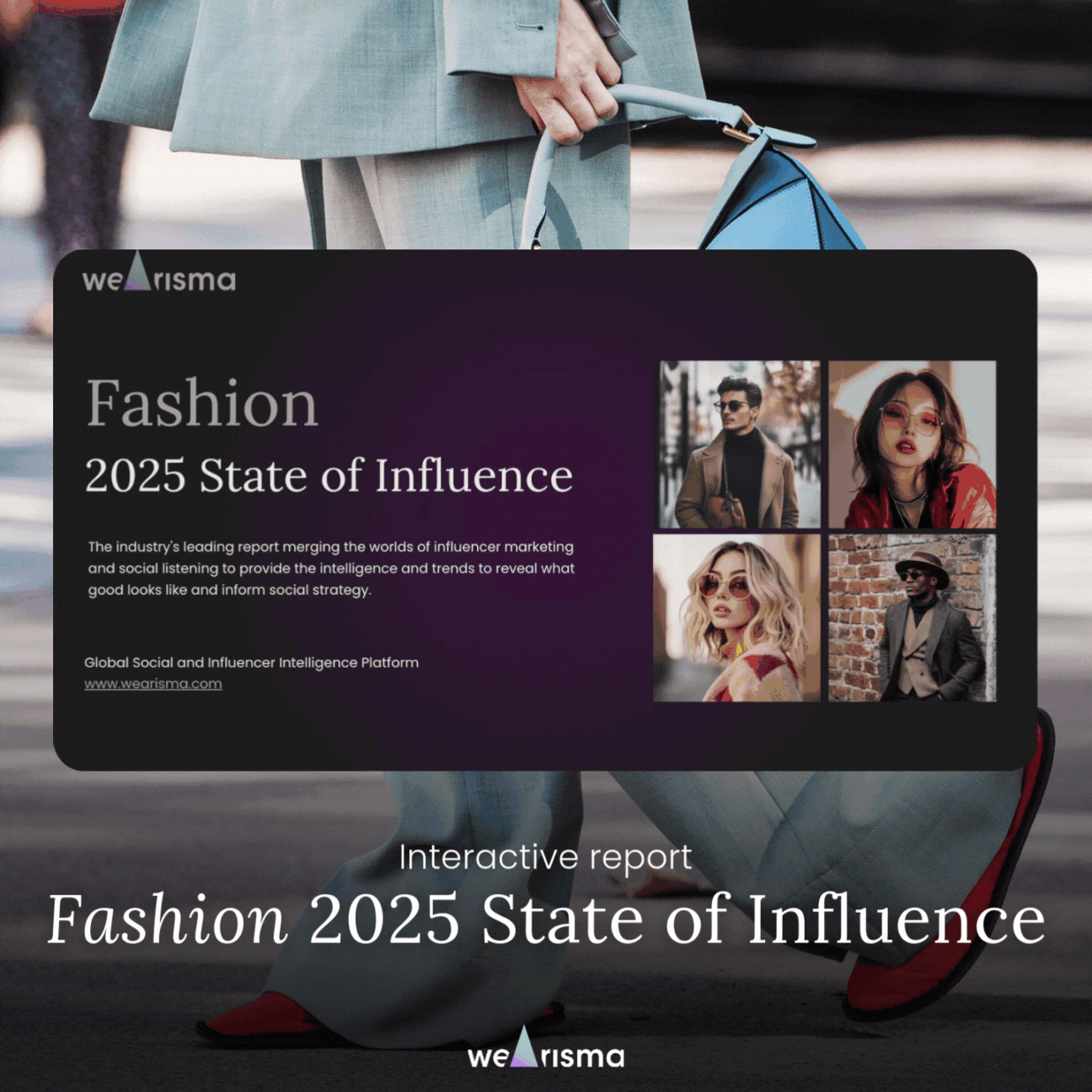
WeArisma’s Fashion 2025 State of Influence Interactive Report – Your Essential Guide to Beauty Brand Success in the Digital Age.
The fashion landscape is evolving. Traditional strategies no longer guarantee success – Resonance, Virality, and Authentic Engagement are beginning to define market leaders.
Our latest Fashion 2025 State of Influence Report uncovers the key shifts shaping the industry and the strategies fueling sustained impact.
Stay up to date with the latest industry trends and topics
Discover how WeArisma can help you harness the power in influence, grow your brand’s presence, and achieve measurable success.
WeArisma combines the power of AI, influencer marketing and social listening to deliver smarter, scalable strategies with real impact.